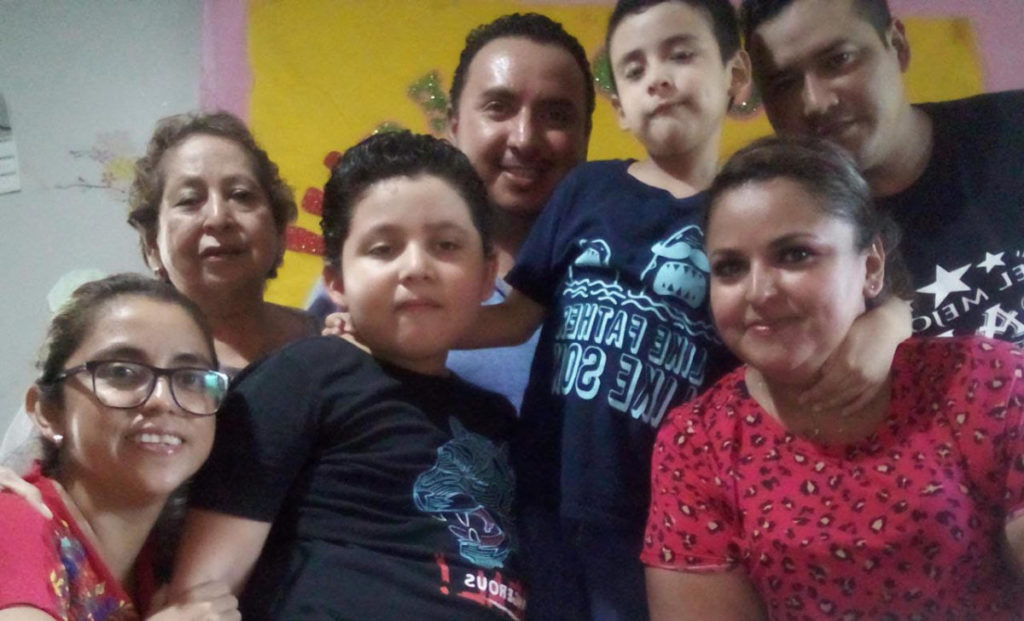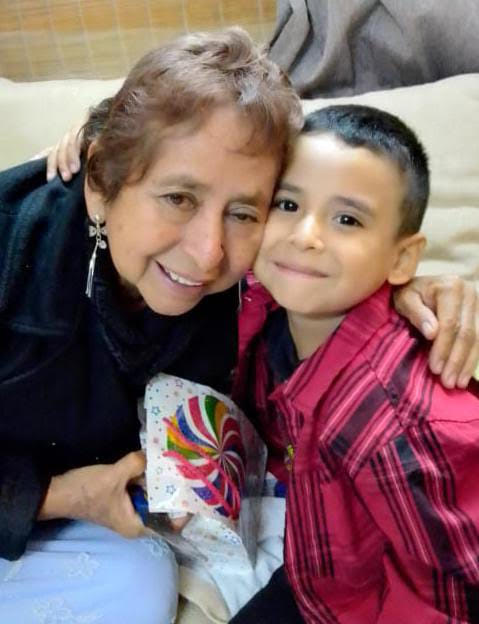A Journey with Diabetes in Mexico: Héctor’s Story
Editor’s Notes: Until 2022, there have been wide gaps in the data about the incidence and impact of type 1 diabetes across the world. According to estimates from the type 1 diabetes (T1D) Index by JDRF, almost 90,000 people live with type 1 diabetes in Mexico, but almost 60,000 additional people would still be alive today if everyone had access to a timely diagnosis, vital diabetes supplies and management education. An average young person diagnosed at age 10 will lose an estimated 35 years of healthy life. Globally, there are an estimated total of 3.86 million people that would be alive today if everyone had equitable access to diabetes healthcare and tools. Learn more at T1DIndex.org.
Life for a Child supports young people living with diabetes in some of the world’s most vulnerable communities. In addition to the story shared below, read more about their work supporting young people like Rwandan sisters Ineza and Rebeka at ToClimbAThousandHills.org.
In Mexico, talking about diabetes has never been easy, especially when the diagnosis is chaotic and uncertain. I had the opportunity to meet Flor López Cáceres, Héctor’s mother, who lives with type 1 diabetes. Héctor is a beneficiary of the Life for a Child program and a member of the Mexican Diabetes Association in the Southeast. This conversation was charged with emotions that are a reflection of the long journey of many families with diabetes in this country.
The Diagnosis
Diabetes diagnosis is always a troubled and confusing time. One decision can turn the entire course toward good treatment or more moments of distress. Héctor is 7 years old today and was diagnosed when he was 3 years and 6 months old. Both his family and his teachers noted how often he drank water and the countless times he would go to the bathroom in a couple of hours. All this worry made Flor take him to a doctor. In the visit, they did some studies, including blood glucose and urine tests. The blood glucose came out fine, but he was showing protein in his urine and that led the doctor to consider a kidney problem, so he directed them to a nephrologist. Flor continued on her way to the IMSS (Mexican Social Security Institute) and in the emergency department, they told her it was a simple infection. They gave him antibiotics and after several days he just was not getting better.

Flor’s boss helped her by asking her son’s pediatrician, and after suspecting diabetes, the doctor referred him to endocrinology. There they had him take an HbA1c test and this resulted in 12 %, with this they were able to confirm that Héctor had type 1 diabetes. Flor tells me that she constantly had to receive crude comments on this journey. An example of this was at the time of receiving the diagnosis: “he told me: ‘Do not start crying right now… if you do, I will check your son in. Right now you are showing me that you are not a competent mother to care for your child…” She did nothing more than wipe her tears and learn in that small amount of time what she needed to know about insulin.
Flor’s boss supported her so she would take Héctor to a private doctor because the huge mistrust that the IMSS had left her with when he was diagnosed with an infection made her feel fearful for her son’s health. She had this help for some time, but afterward, it could not always be like that. It was at that moment that the endocrinologist who saw her son told her about the Mexican Diabetes Association in the Southeast.
Finding help in the association
“It was a relief to find people who understand you, to know that you are not alone…” It is very common with a recent diagnosis, to think that you do not know if what you are doing is right. It is important to consider the enormous pile of difficult-to-process information that reaches you, and that diabetes education does not always arrive in the right way or in the way you would like.
Flor was able to develop more skills for Héctor’s care in the Association. With the support of her mother, she attended the informational chats they provided. Héctor was able to receive a specialty medical visit every six months and gradually they began to accept his life condition and put aside the fear they felt.
Life for a Child
Héctor became a member of the association one July, when registrations for the Life for a Child program had already closed. He was able to receive support from the Association, but upon entering the program, he had access to a glucometer, strips and lancets, which helped him better monitor his treatment. In addition, the Life for a Child program also supports them with educational conferences. Flor assures that belonging to the program and the Association has been a great relief in Héctor’s treatment.
 The Impact of Diabetes
The Impact of Diabetes
Diabetes has been a difficult issue for Héctor and his family, both financially and emotionally. Flor is a working mother and has witnessed her son’s strength in accepting his condition. Thanks to the Association, she has been able to witness the accompaniment and empathy of other parents. And like many of us, she has also seen displays of peer empathy, receiving and making donations and exchanges of insulin between members of the association.
For Héctor and his family, this opportunity has been important in developing their skills to manage his diabetes. It has been an important change of vision in her perspective of living with this life condition, of knowing that her son can have an incredible quality of life and, above all, of knowing that he is not alone and that in the community, he will never be alone.
Life for a Child believes that no child should die of diabetes. Find out how you can help support young people living with diabetes in some of the world’s most vulnerable communities at https://lifeforachild.org.


 The Impact of Diabetes
The Impact of Diabetes


